Thursday October 26th
My first SQuInT and trip to NM
I’m currently at SQuInT, but what is it?
- It’s a SouthWest Symposium in Quantum, and so far it’s been awesome! (day 1)
- I got in really late last night after three flights, and the computer system in the hotel had gone down, so they had to manually check me in, but they were so nice, and super efficient, and the check-in process was fantastic. People were also really nice; my ride from the airport was also really nice; I asked the driver about places to eat, places to go, and the general economy of the area, and it was just really great.
Turn around
- So I got to bed around 1am, but realized that the symposium was also in the same hotel where I was staying, which meant I could sleep in until 7 and go down for 7:30am breakfast. Once I went down to the eating area, I realized I knew two people from other workshops / conferences, including someone I was working with on a current project, who lives in California and was presenting a poster. This is my first year, and I got a fellowship to attend, so I’m super thrilled. My goal for next year would be to present a poster, which I think given the scope of what I’m currently working on, I could probably do (the deadline this year was in August, so by the time I found out about the workshop during summer school, it was too close to the deadline!). That being said, I’m also submitting to some other things at the moment, and it’s been a super busy semester for me in general, juggling so many projects, but also very rewarding and I think that this (what I’m doing now) is what I want to stick with in terms of the community and what I like doing.
- The community is intimate, and full of theorists, and people are nice, and it’s really felt like a great fit for me and the projects I’ve been working on.
- In the evening was the poster session. So definitely going to visit my collaborator’s poster! She also gave me a really great resource for a current problem I’m tackling, too!
Notes
- The keynote was from Bill. The question: Have we seen a demonstration of experimental quantum advantage? We want to find problems that can be solved using a near-term quantum experiment that are classically hard to solve i.e. they can’t be solved in polynomial time. And we want our solution to be efficiently verified with a classical computer with minimal trust in the experiment. Quantum has focused on “sampling problems” in which the goal is to sample from a complicated distribution. Current experiments are not scalable and the verification is not efficient and noise causes the signal to rapidly decay.
- The Goldilocks parameter: these issues force the current quantum advantage candidates to find this. Stockmeyer reduction and P-sharp hard problems. Lipton (‘91) shows the average case hardness of permanent vs random nature. Questions: How close are the output distribution of noisy (i.e. depolarizing) random curcuit and uniform distribution?
- The anti-concentration property: means that we are not concentrated in one area, is sufficiently spread. It is a property of sufficiently deep random quantum circuits.
- Open: In recent work (Ghosh et al, 23), we show that circuit distributions never anti-concentrate for random circuits with hybrid noise.
- Measure and Forget Dynamics in Random Circuits: we measure, but “Forget” the outcome. We “dephase” and “forget” the matrix. Application on Yoshida’s Decoding Protocol. See “How Dynamical Quantum Memories Forget” by Fidkowski et al, and “Decoding the Entanglement Structure of Monitored Quantum Circuits” by Yoshida. This method focuses on Clifford, not Haar circuits.
- Shivan’s talk on “Arbitrary Random Quantum Circuits from Unitary Designs”. Unitary designs are modelled as random walk. How close is this distribution to normal uniform distribution? One step random walk related to the spectral gap of the 2-local, frustration-free Hamiltonian. Generalizing Knabe method for Spectral gap. First approach uses a star-graph approach versus the spanning-tree graph (Dectectability Lemma) and the Quantum Union Bound (we relate this to the spanning tree to a 1D graph). I really liked this talk and will check out the paper!
- Tobias’s talk on “A Wannier-Stark Optical Lattice Clock with Extended Coherence times”. Goal of precision
in say, meteorology. We distinguish between accuracy and precision, where accuracy is defined as relating
to how centred we are on a target and precision thinks about the spread. Intro to atomic clocks using
Strontium, where
v_0is our oscillator frequency. (Tobias also showed another possible Yterbium clock, I believe by NIST). We also saw an example of perturbation on our clock measurement on the Bloch sphere. - Hayden gave a talk on “Portable Atomic Clocks” (from Sandia). Question: What is the tradeoff in size/ weight / power for something liek a satellite or vehicle atomic clock. Second project after the primary TicToc one on Robust Optical Clock Networks.
- Yu Chen from Google gave a talk on “Beyond classical quantum computing”. I had a meeting with my abelian varieties problem-set group and then a panel on navigating grad school with some mathematicians, so I had to skip a couple talks and then return for the poster session today.
Here are some photos from the first day.
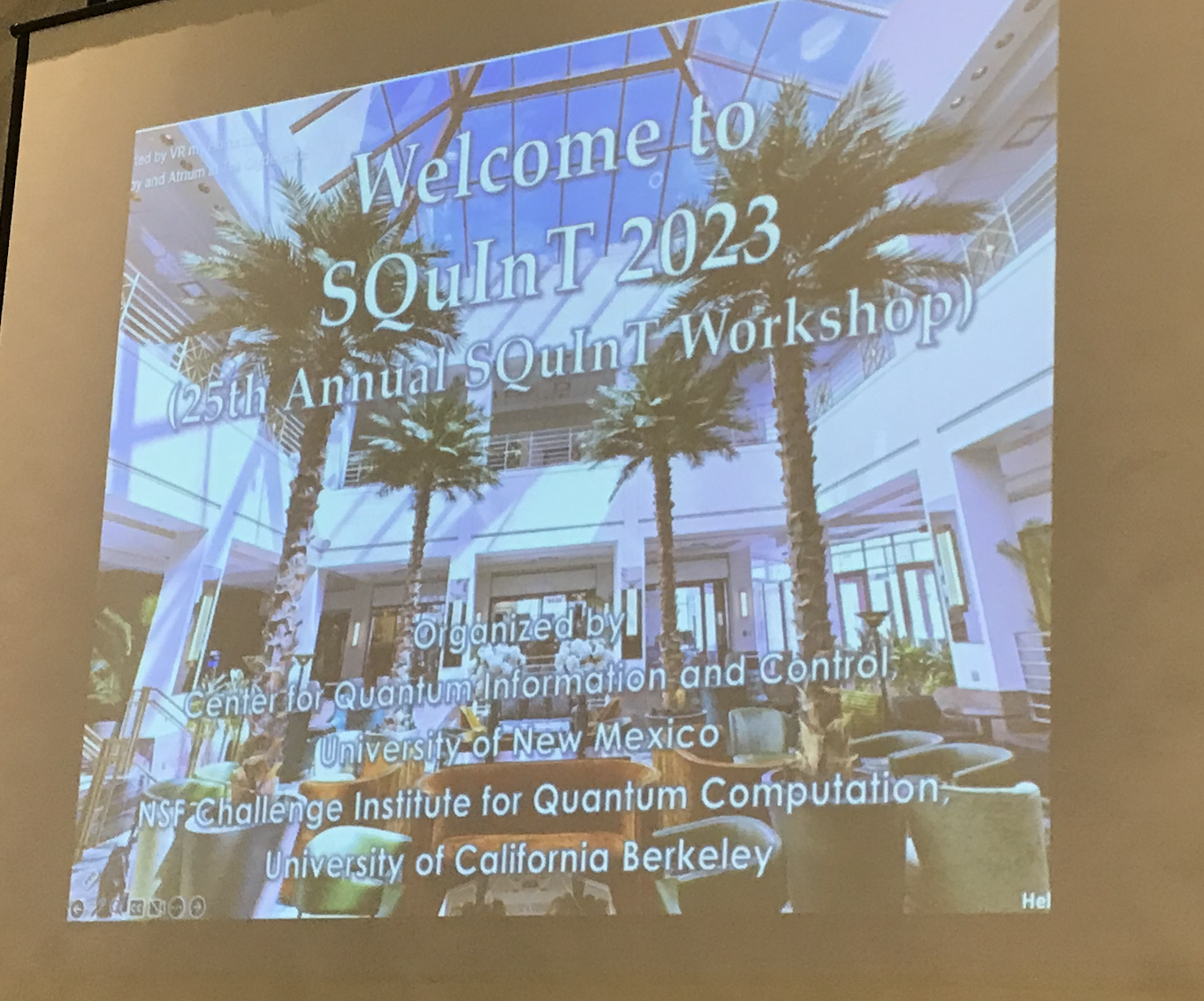

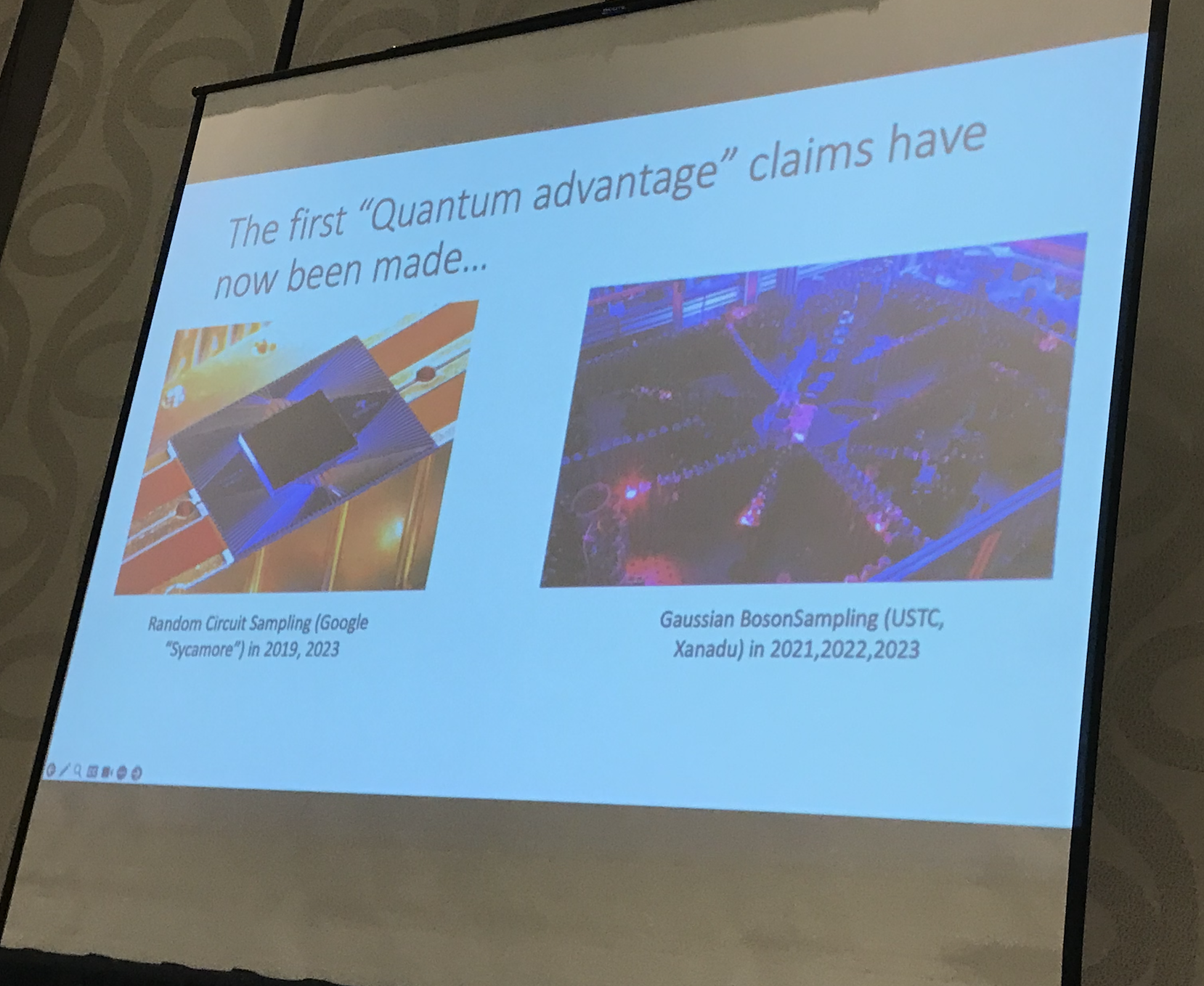
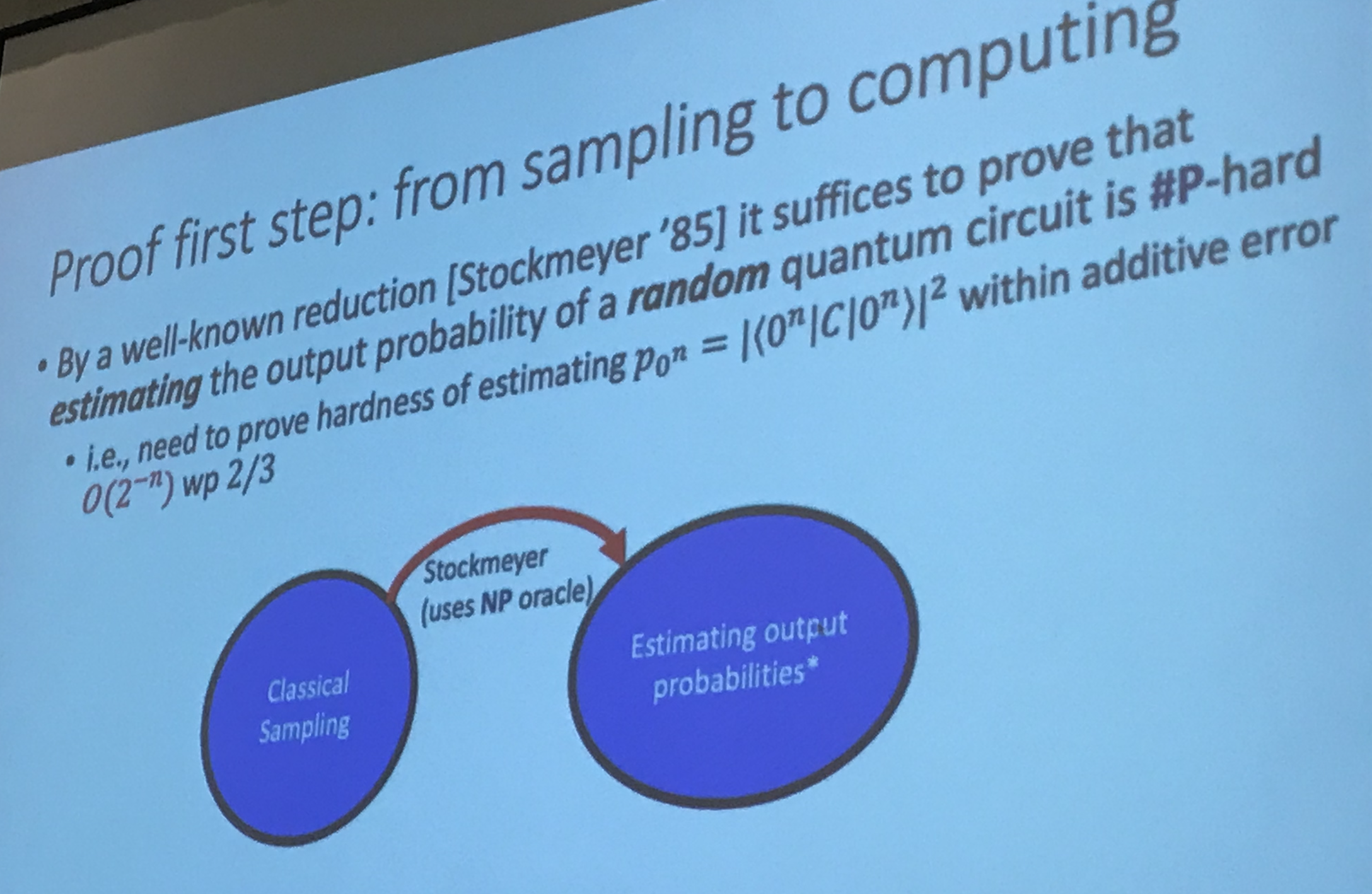
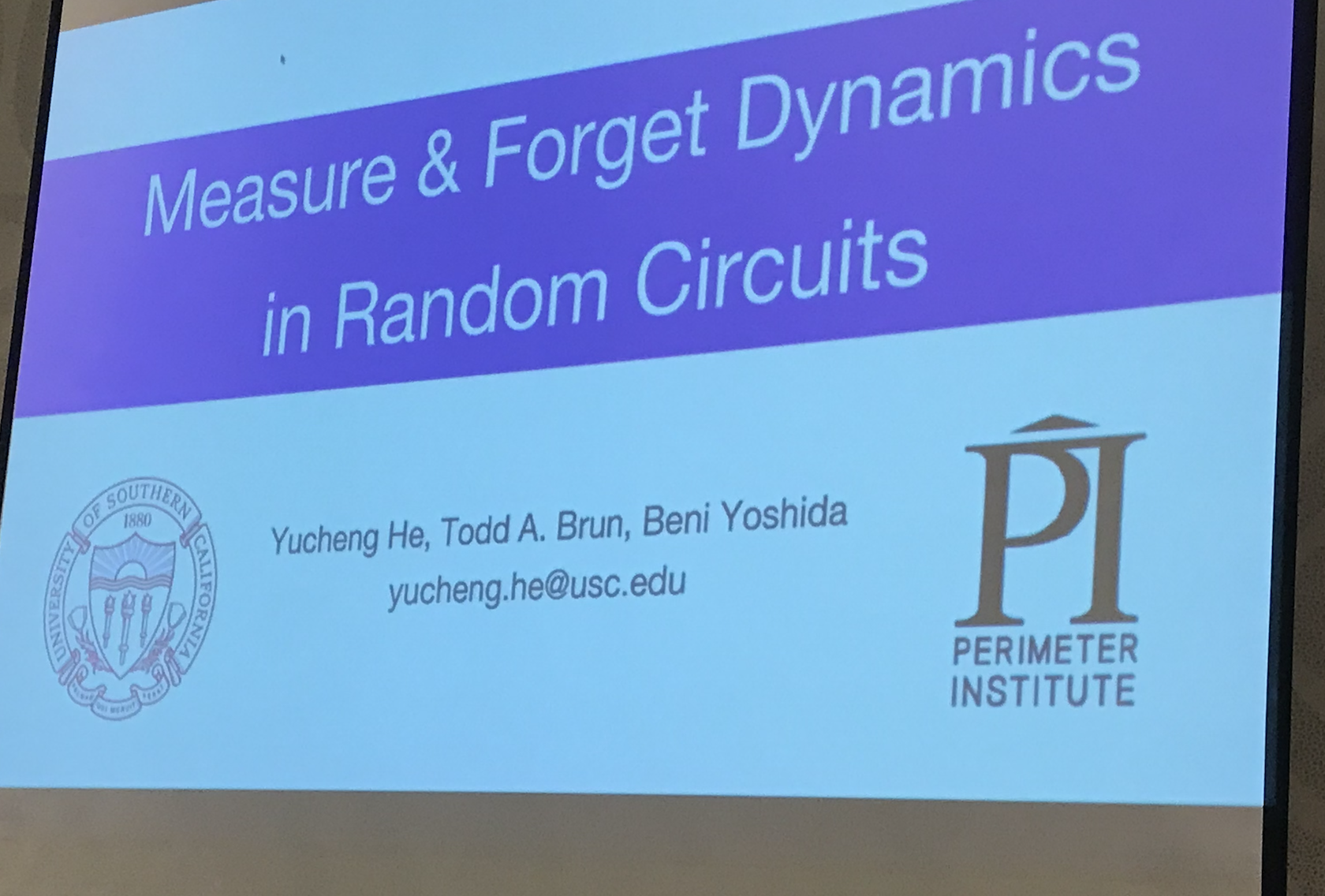
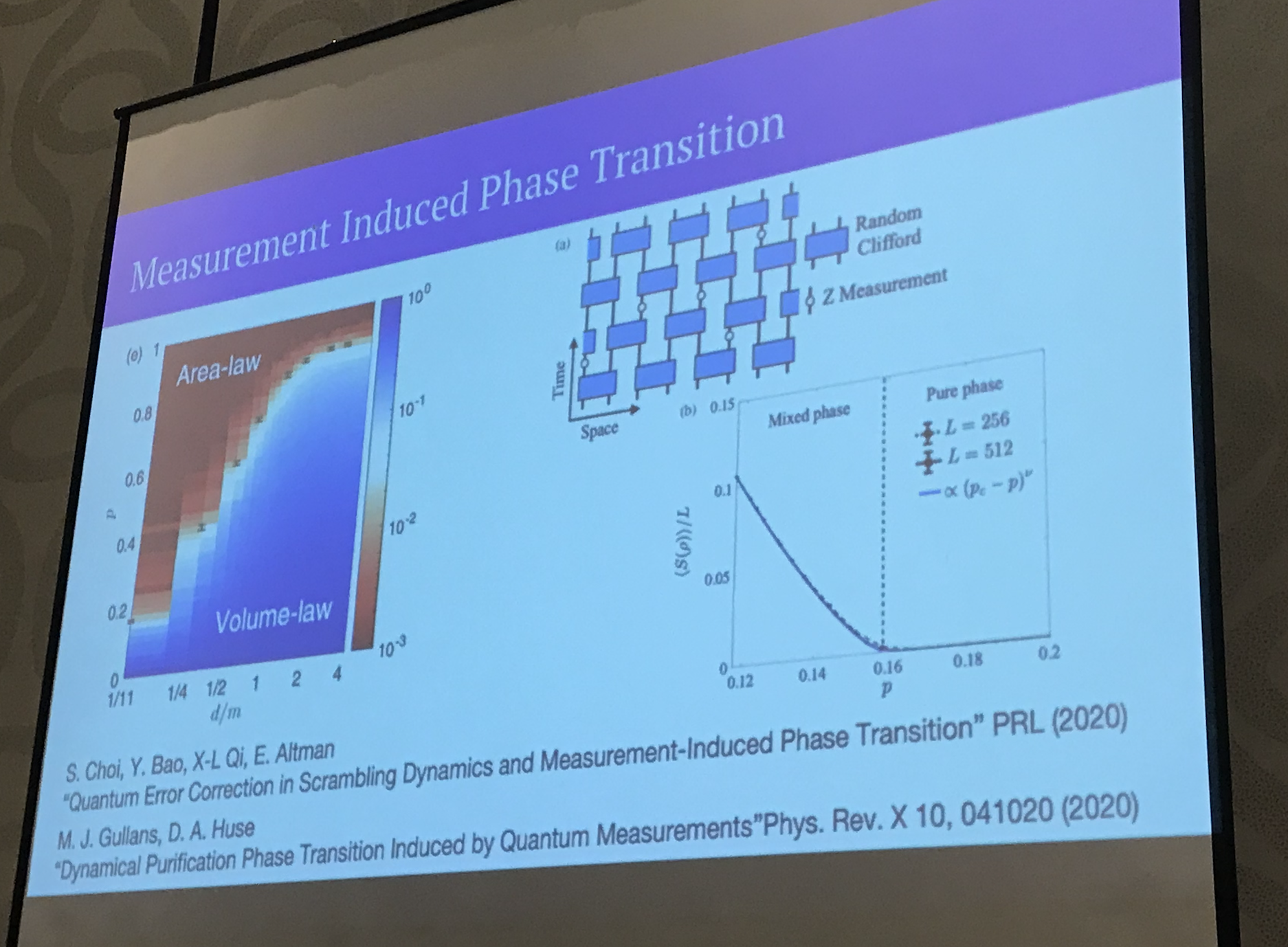
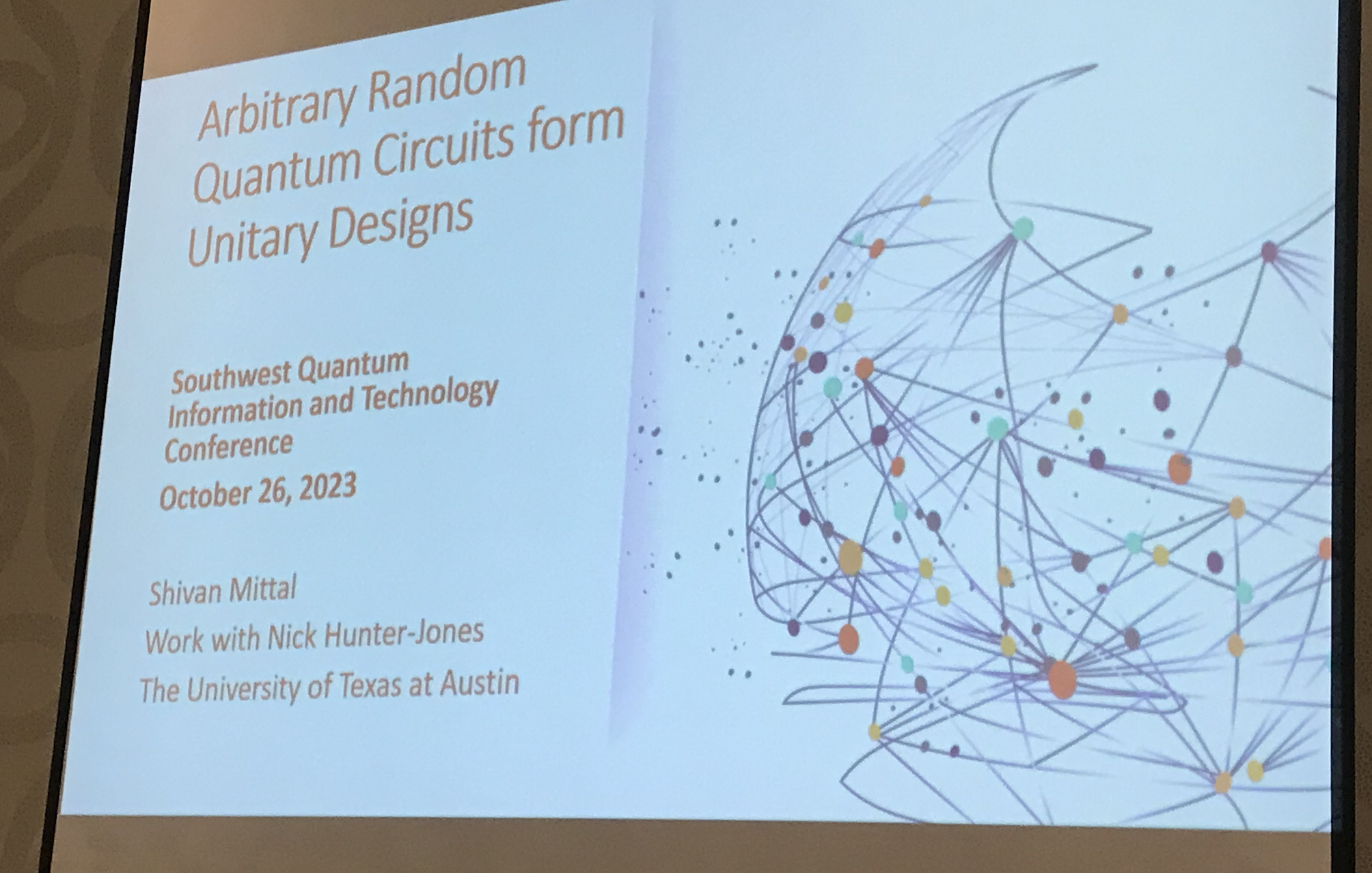
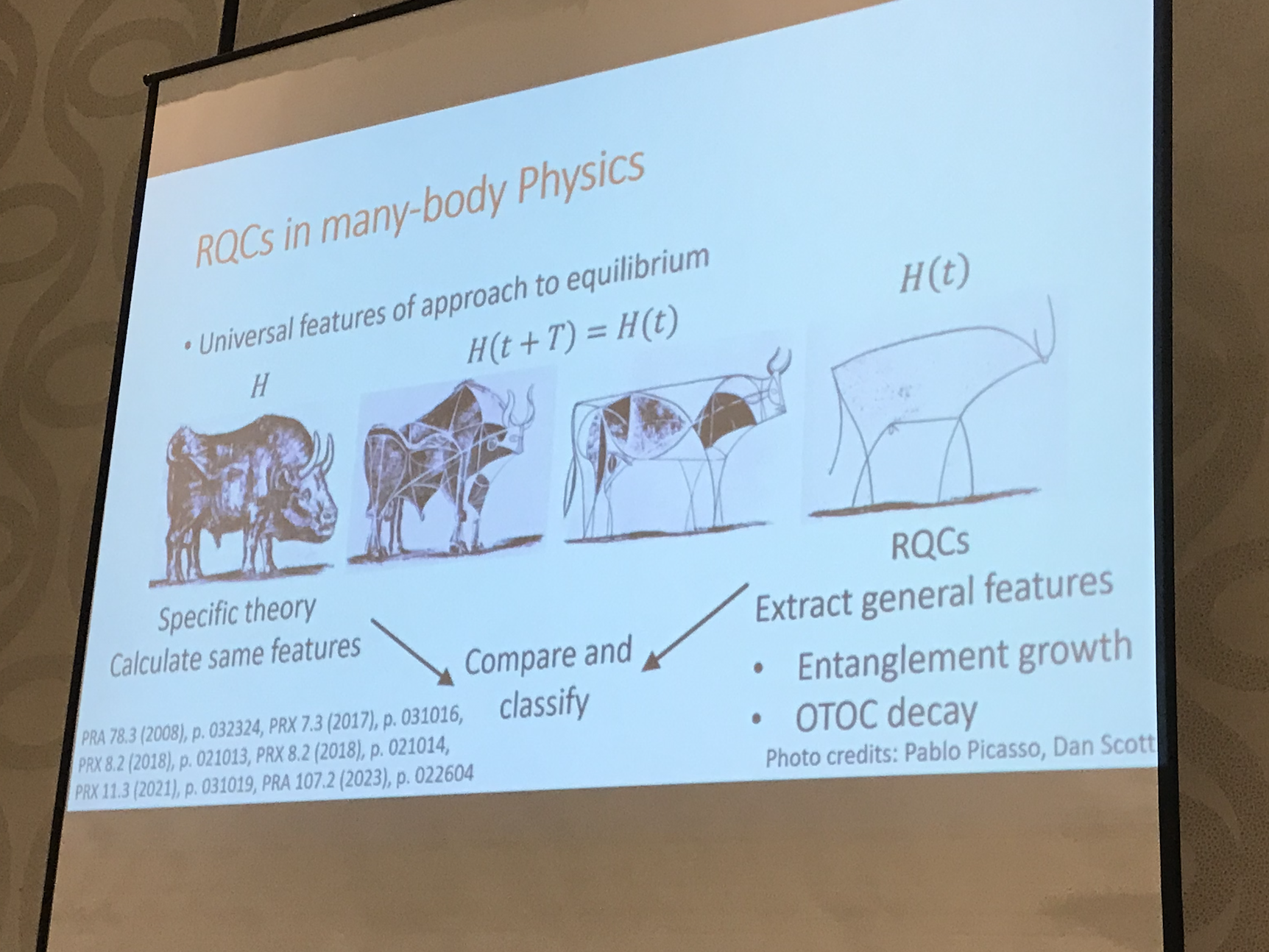

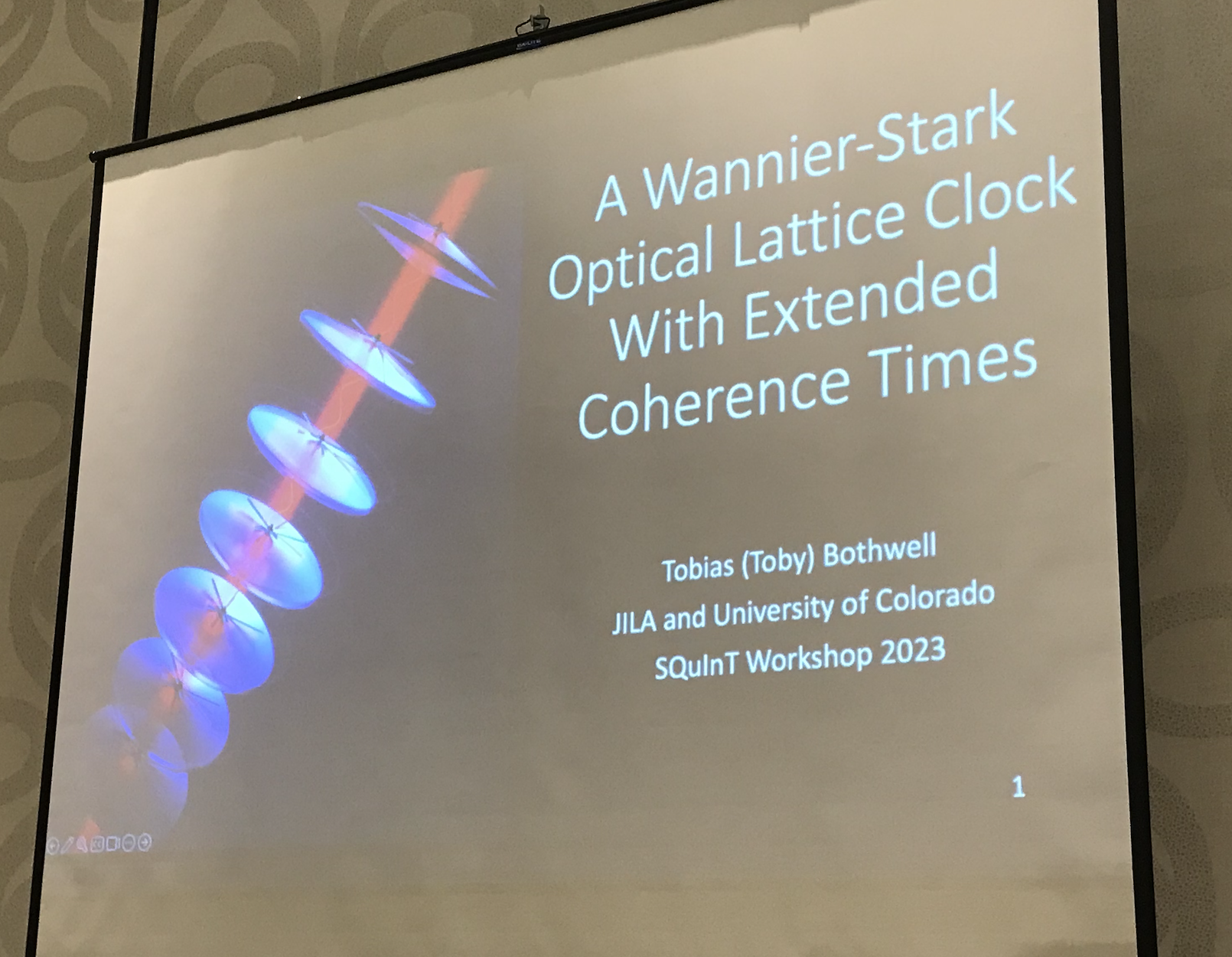
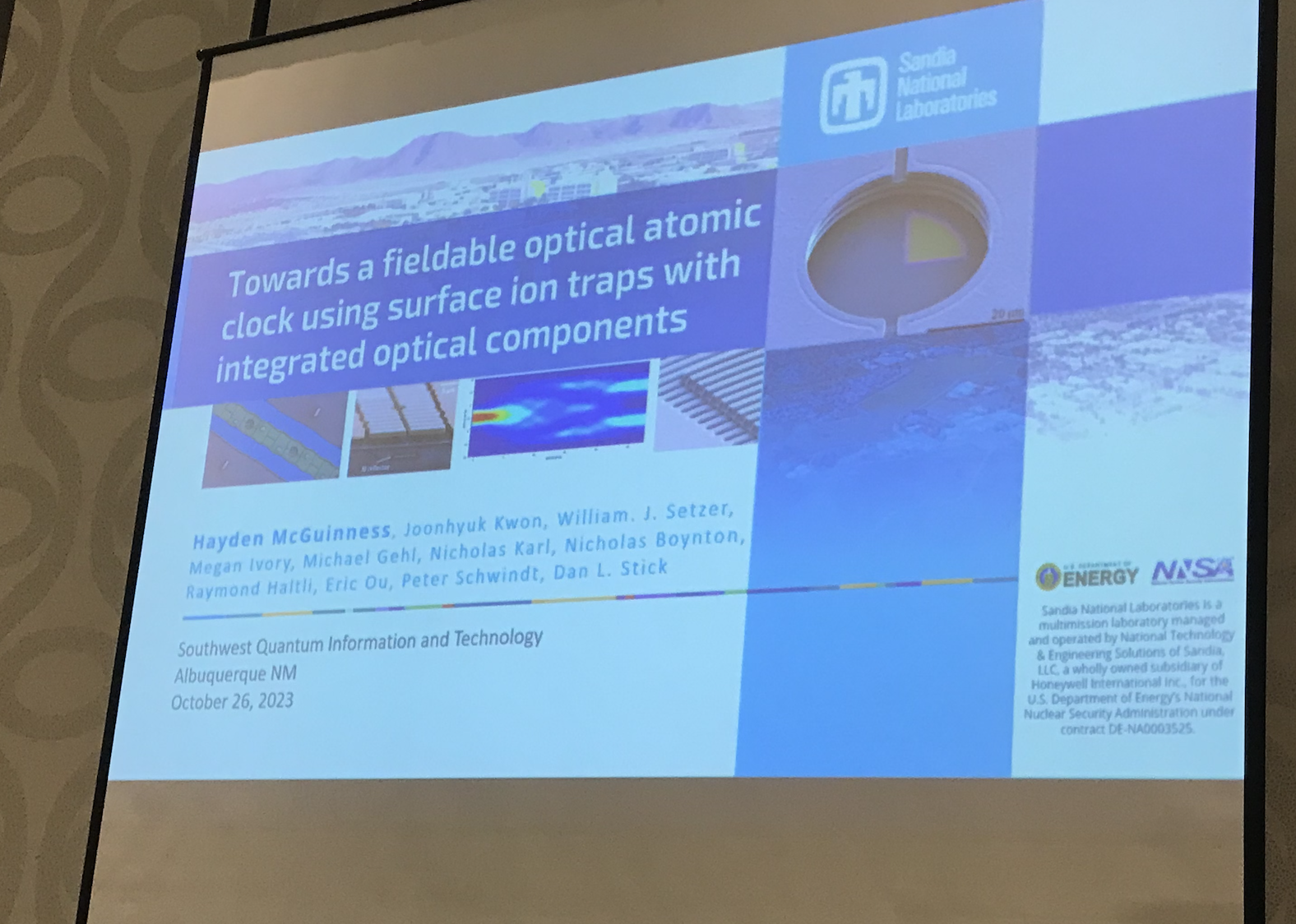
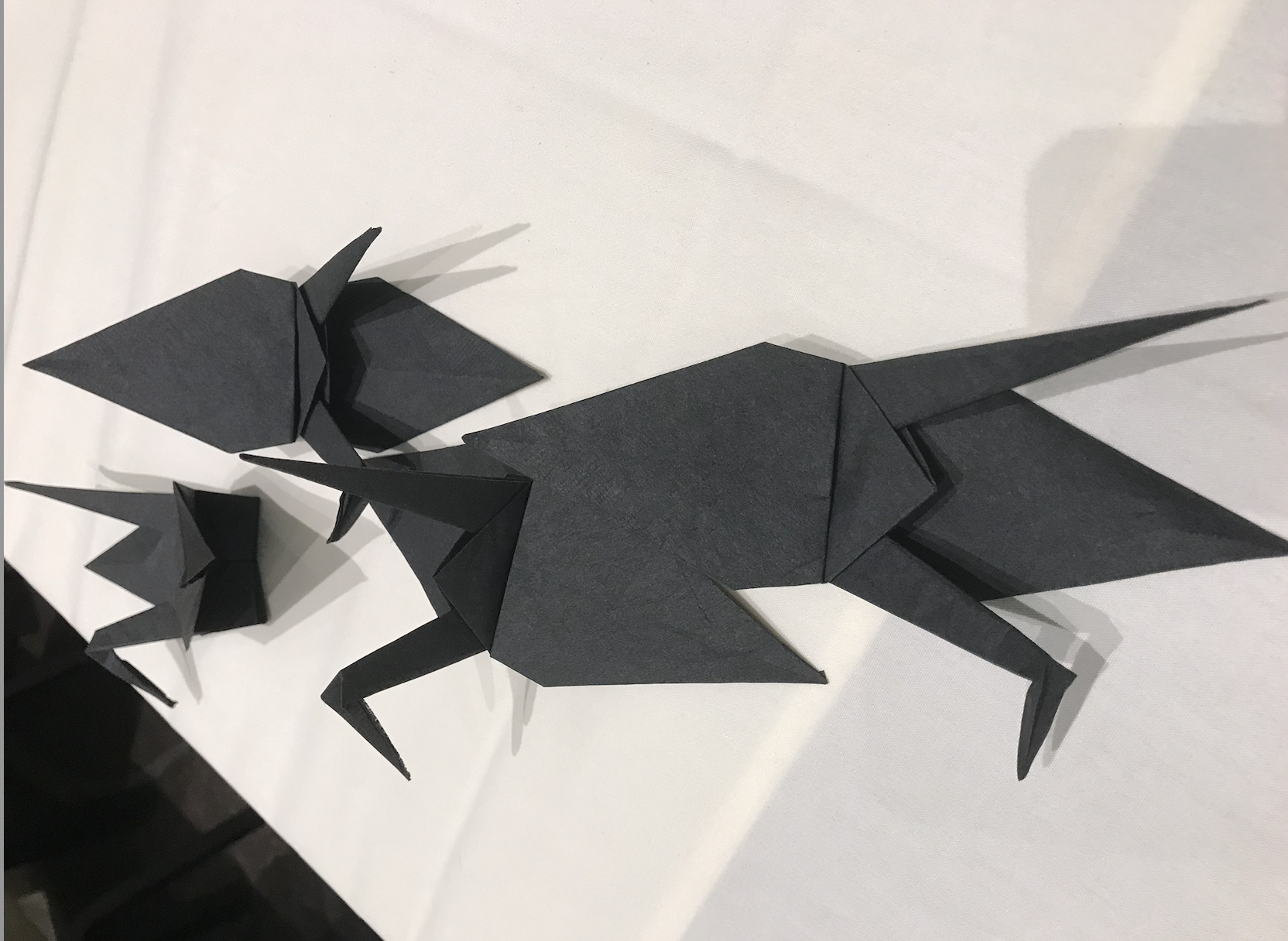
- Someone was making paper cranes from the black tissues apparently. It’s been a very nice group of people. We got into talking about Oppenheimer and “American Prometheus” and the IAS scene in the movie, as well as the 1937 paper that was mentioned in the movie, but that didn’t really add to the movie, which was hilarious. People had strong thoughts!
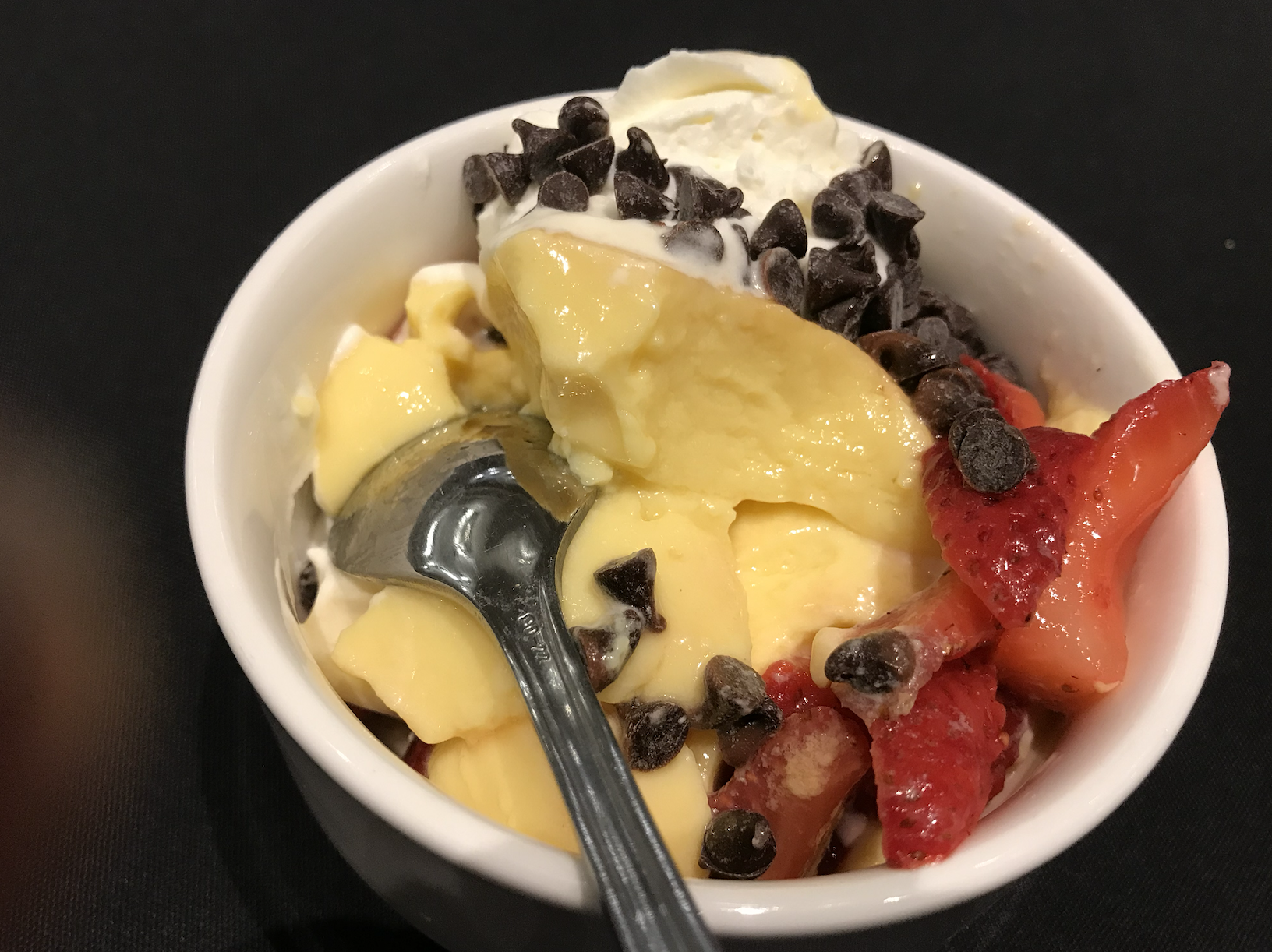
- Some very good flan! We also had tostadas and some other good food for lunch!

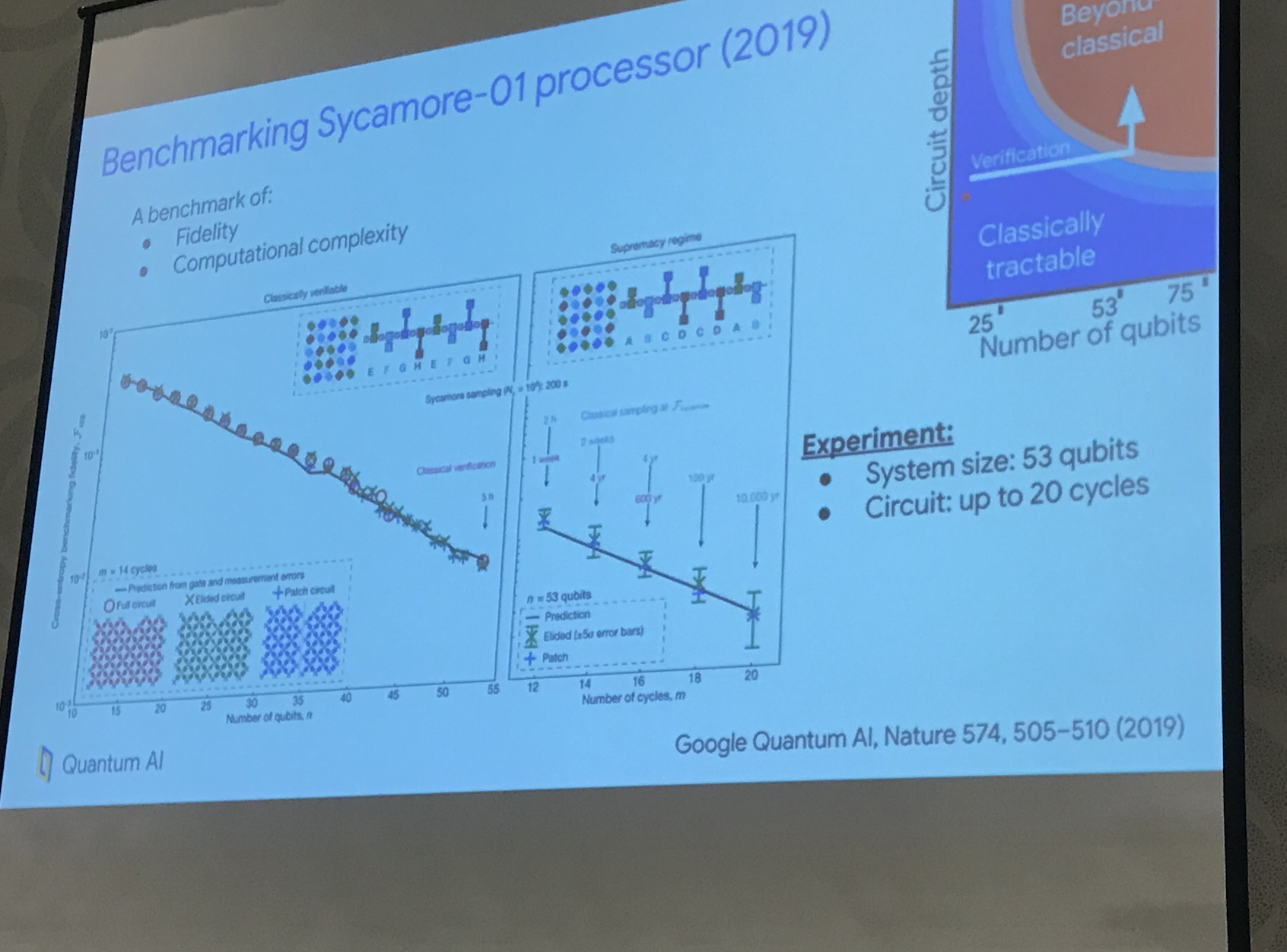
And that’s it
Written on October 26, 2023
